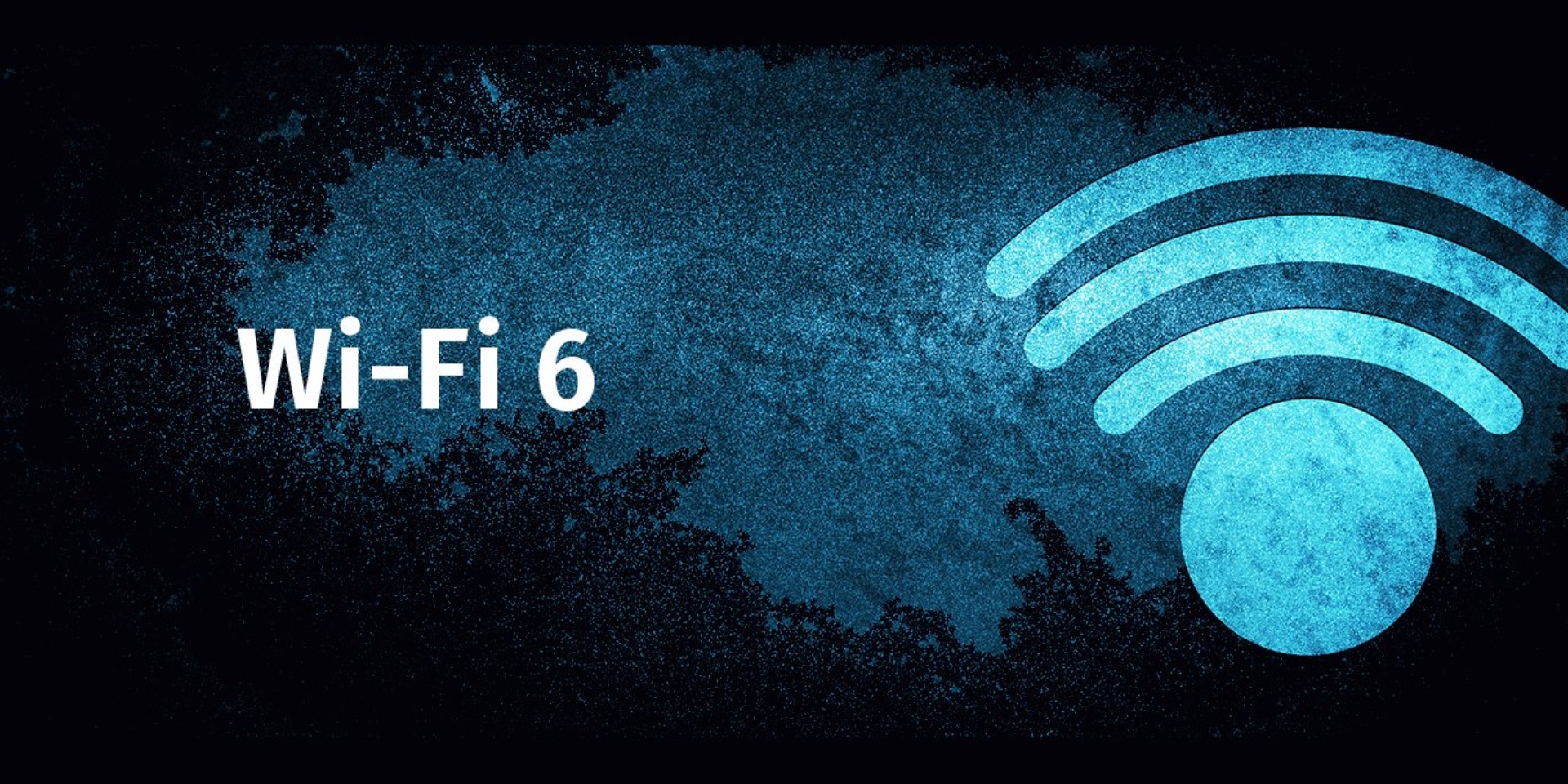
Wi-Fi 5 vs. Wi-Fi 6 – Why an upgrade makes sense
Since its humble beginnings in 1997, Wi-Fi has become an integral part of everyday life. The Wi-Fi connection has improved from generation to generation and even today, the demands on industrial networks continue to increase as a result of digitalisation.
Designed to increase network capacity and improve network performance, Wi-Fi 6 (802.11 ax) is today the latest generation of Wi-Fi technology. The latest Wi-Fi standard builds on the already great Wi-Fi 5 (802.11ac) technology and enables fast Wi-Fi speed with reliable connections.
- Wi-Fi 6 offers the fastest real world speeds and ranges
With Wi-Fi technology, each frequency band (2.4 GHz or 5 GHz) consists of component streams. Wi-Fi data moves along these streams. Wi-Fi 5 and Wi-Fi 6 carry the highest number of streams, enabling Wi-Fi gigabit speeds. Wi-Fi 6 increases the number of streams to a new high of 12 in the 2.4 and 5 GHz bands, while Wi-Fi 5 in a dual-band configuration has a limit of 8. This increase in streams results in higher connection speeds, giving client devices more ways to communicate with the Wi-Fi router. In fact, Wi-Fi 6-enabled client devices enjoy 40% faster speeds than their Wi-Fi 5 counterparts. - Wi-Fi 6 routers are ideal for 4K/8K UHD streaming
Streaming video at 4K or 8K resolution requires a consistent high-speed connection. In multi-user organizations, streaming high-definition video places a heavy load on the network. With a combination of ultrafast processors, more memory, and increased radio streaming, Wi-Fi 6 routers are up to the task of streaming multiple high-definition video sessions without stuttering, buffering, or other annoying problems. - Wi-Fi 6 offers the highest level of performance for busy offices
The Wi-Fi 5 connection is often not enough to provide the desired Wi-Fi experience in the office. Wi-Fi 6 uses OFDMA (Orthogonal Frequency Division Multiple Access), a key feature that increases the overall efficiency of the network. This allows multiple devices with different bandwidth requirements to connect to Wi-Fi. - MU-MIMO enhancement
The MU-MIMO (Multiple User – Multiple Input Multiple Output) technology enables a router to communicate with several devices simultaneously. Several clients can therefore transmit and receive data simultaneously without causing mutual interference. This is particularly useful when several WLAN users want to upload large data packets in densely populated WLAN environments. - Less battery consumption
Whether for smartphones, laptops, IoT (Internet of Things) or other devices; with the activation function “Target Wake Time” the end devices are switched to standby mode as soon as they do not transmit via WLAN. Thanks to flexible “Wake Time” scheduling, client devices can sleep much longer and reboot with less interference. - Savings on capital
Compared to previous wireless versions, Wi-Fi 6 allows more clients to access the access point (AP) without compromising the user experience. This means that companies need fewer access points and therefore benefit from savings.



